Innovative Rabbit Nesting Box Designs for Indoor and Outdoor Use
Explore innovative rabbit nesting box designs for any setting. Perfect for indoor and outdoor use, these ideas blend safety with style.

Key Takeaways:
- Discover the latest designs in rabbit nesting boxes suitable for both indoor and outdoor environments.
- Learn about the materials and features that make for a durable, easy-to-clean, and rabbit-friendly nest box.
- Understand the importance of the right dimensions and accessories for the comfort and safety of both doe and kits.
Rabbit enthusiasts and breeders alike understand the importance of providing a safe, comfortable space for their furry friends, especially when it comes to nesting. A well-designed rabbit nesting box is crucial for the health and well-being of both the mother (doe) and her babies (kits). Whether you're keeping meat rabbits or pet bunnies, the right nest box can make all the difference.
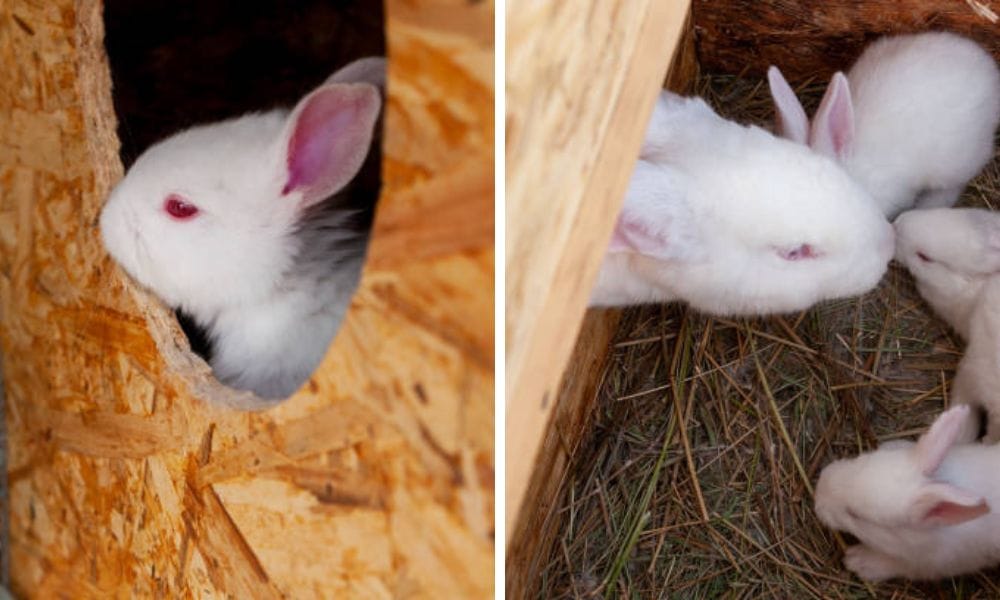
The Essentials of Rabbit Nesting Box Design
When it comes to designing a rabbit nesting box, there are several key factors to consider. The box should be spacious enough to accommodate the doe and her growing litter, but cozy enough to keep them warm and secure. The dimensions of the box are critical; it should be large enough for the doe to move around comfortably without the risk of her accidentally harming her kits. Additionally, the box should be constructed from quality materials that are durable and easy to clean, such as wood or heavy-duty plastic. It is essential that the materials can withstand use during the first litter and beyond.
Benefits of Using a Nest Box
Using a nest box is essential for rabbit breeding and ensuring the well-being of your litters. Here are some key benefits of incorporating a nest box into your rabbit care routine:
- Provides a Safe and Comfortable Environment: A well-designed nest box offers a secure and cozy space for the doe to give birth and care for her kits. This dedicated area helps the doe feel at ease, which is crucial for the health of the newborns.
- Reduces Stress: A nest box significantly reduces stress for the doe. When the doe feels safe and secure, she is more likely to have a successful and healthy litter. Stress reduction is vital for the overall well-being of both the mother and her kits.
- Prevents Kits from Being Trampled: Nest boxes often feature a top platform or shelf, which helps prevent the kits from being accidentally trampled by the doe when she enters or exits the nest. This design feature ensures the safety of the vulnerable newborns.
- Keeps Kits Warm: Especially in colder weather, a nest box provides an insulated and warm environment for the kits. The enclosed space helps retain heat, keeping the kits cozy and protected from the cold.
- Makes Cleaning Easier: Many nest boxes come with removable tops or bottoms, making it easier to clean and maintain hygiene. Regular cleaning helps prevent the spread of disease and ensures a healthy environment for the doe and her kits.
Indoor Nesting Boxes: Combining Comfort and Convenience
For indoor rabbit cages, nesting boxes need to be designed with both the rabbit’s comfort and the owner’s convenience in mind. It is important to place the nest box away from the rabbit's potty area to prevent it from being confused with a litter box. An easy cleaning box is a must-have feature, as it allows for quick and efficient maintenance without disturbing the nest. Many indoor boxes come with a removable floor or a shelf that can be easily detached and cleaned. Some designs even incorporate a litter area that can be replaced or emptied as needed, ensuring a hygienic environment for the kits.
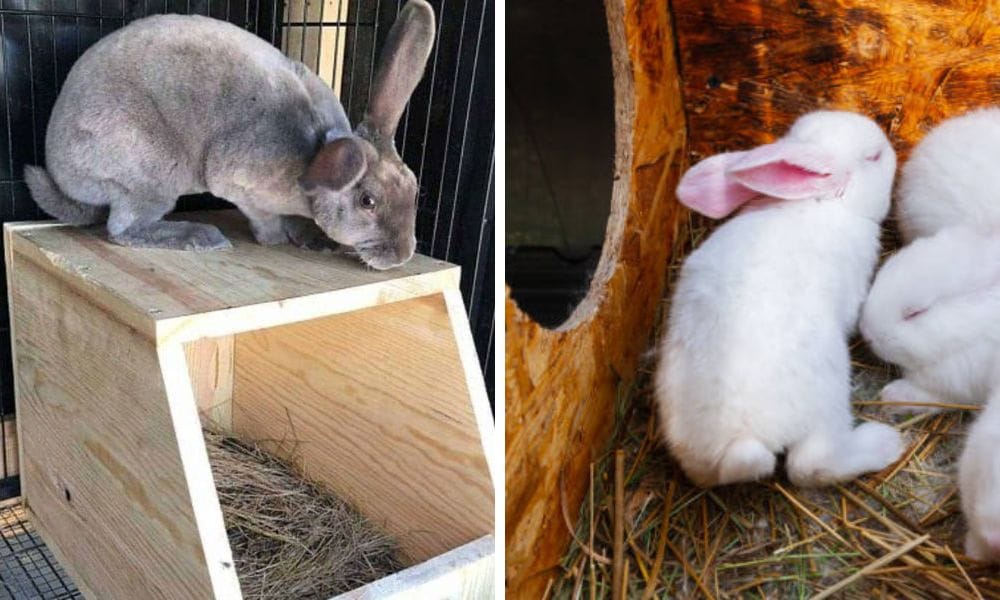
Outdoor Nesting Boxes: Weather-Proof and Predator-Resistant
Outdoor rabbit nest boxes require additional considerations to protect against the elements and potential predators. Metal nest boxes, such as those made from galvanized steel, offer durability and design features like ventilation, making them an excellent choice. Using materials like hardware cloth can help keep the nest ventilated in the summer while still providing a warm retreat in the winter. The construction of the box should be sturdy enough to prevent it from being dragged or tipped over by larger animals. A secure lid or door is also essential to keep the rabbits safe and to allow for easy access by the owner.
Rabbit Nest Box Placement and Installation
Proper placement and installation of a rabbit nest box are crucial for the health and safety of the doe and her kits. Here are some tips to ensure your nest box is optimally positioned:
- Place the Nest Box in the Doe’s Cage: Introduce the nest box into the doe’s cage around day 28 after mating. Position it away from her potty corner to maintain cleanliness and hygiene.
- Choose the Right Location: Select a quiet, safe, and draft-free location for the nest box. This helps minimize stress for the doe and protects the kits from potential predators and environmental hazards.
- Ensure the Nest Box is Secure: Make sure the nest box is stable and cannot be easily tipped over by the doe or kits. A secure nest box prevents accidents and ensures the safety of the newborns.
- Use a Brick or Weight: Placing a brick or weight on or around the nest box can prevent kits from hopping out and keep the box in place. This added stability is especially important as the kits become more active.
- Install the Nest Box at the Right Height: Position the nest box at a height that allows the doe to easily enter and exit. This accessibility is crucial for the doe to care for her kits without difficulty.
DIY Nesting Box Projects
For the hands-on individual, DIY rabbit nesting box projects can be an amazing way to tailor the box to specific needs. Using welded wire for the bottom can ensure proper ventilation and safety. With some plywood, screws, and basic tools, one can construct a custom nest box with all the necessary features. Adding a lip to the entrance can prevent bedding from being kicked out, and adjustable sides can accommodate the growing litter. There are numerous free plans and tutorials available online that can guide you through the construction process.
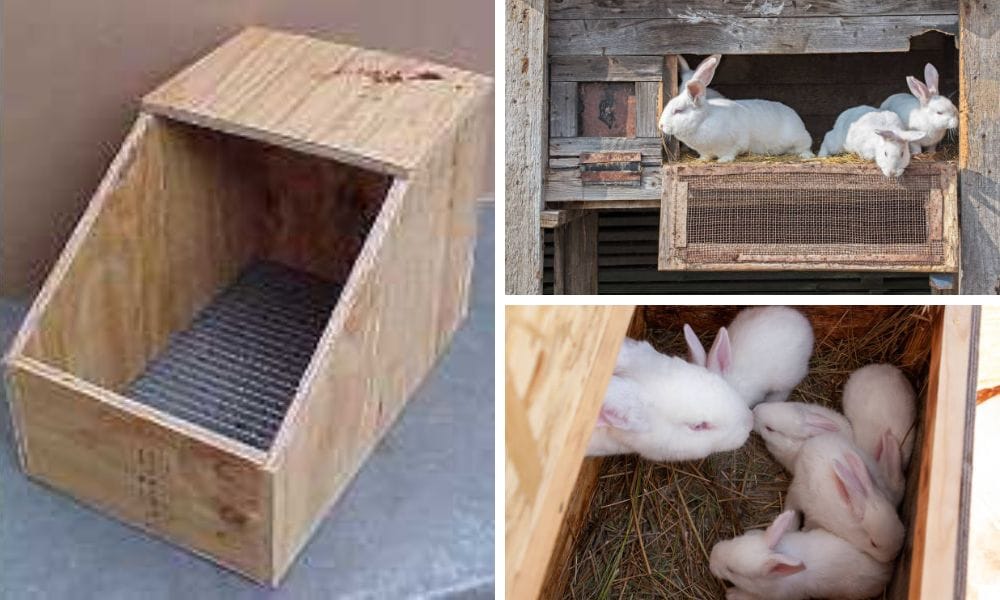
The Role of Accessories in Nesting Boxes
Accessories can greatly enhance the functionality of rabbit nesting boxes. For instance, attaching a hay feeder to the side of the box can provide the doe with easy access to food without contaminating the nest. Water bottles or bowls should be positioned to prevent spillage into the bedding. For meat rabbits, especially, it's important to have a box that supports the breeding cycle and can be easily cleaned and reused for successive litters.
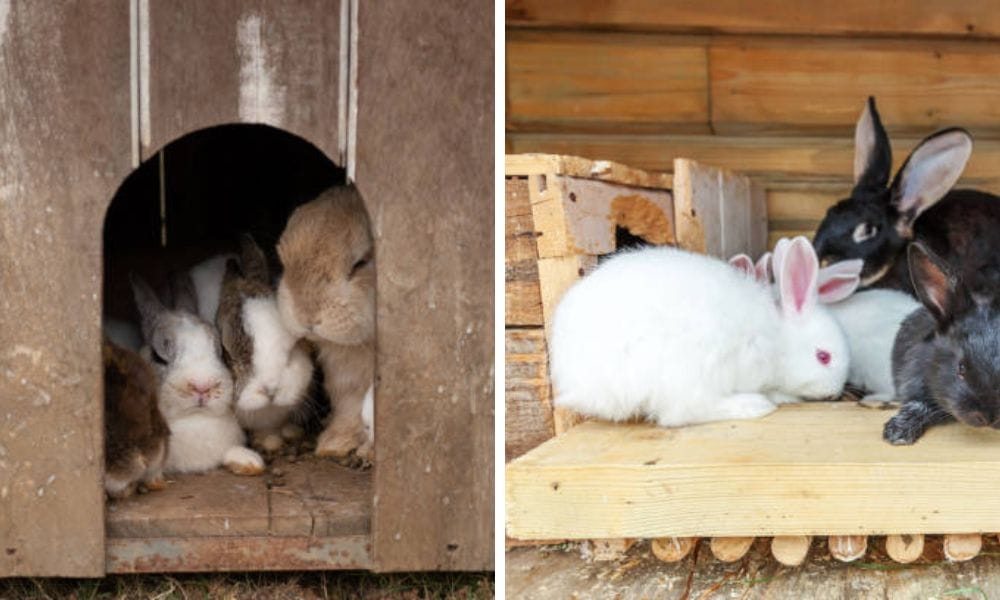
Choosing the Right Materials for Durability and Safety
The choice of materials for your rabbit nesting box is not just a matter of durability, but also of safety. It is important to have a lip on the nest box to prevent kits from spilling onto the cage floor, which could lead to chilling and potential mortality. Untreated wood is a popular choice as it is free from chemicals that could harm the rabbits. However, some prefer to use coated wire or hardware cloth for the floor to keep it clean and free from parasites. Whatever material you choose, ensure that it is non-toxic and won’t splinter or break easily.
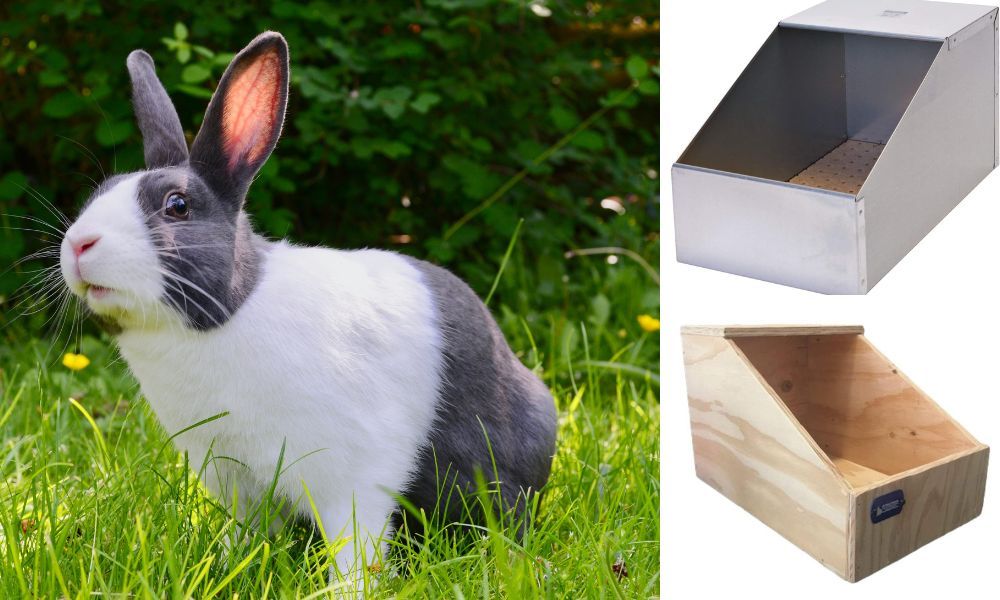
Common Mistakes to Avoid When Using a Rabbit Nesting Box
To ensure the health and safety of your doe and her kits, it’s important to avoid these common mistakes when using a rabbit nesting box:
- Not Providing Enough Bedding: Insufficient bedding can lead to a cold and uncomfortable environment for the kits. Ensure the nest box is well-lined with appropriate nesting material to keep the kits warm and cozy.
- Not Cleaning the Nest Box Regularly: Failing to clean the nest box regularly can result in the spread of disease and health problems. Regular maintenance is essential to keep the environment hygienic and safe for the doe and her kits.
- Not Securing the Nest Box: An unsecured nest box can lead to kits escaping or the box being tipped over. Ensure the nest box is stable and cannot be easily moved by the doe or kits.
- Not Providing a Safe Location: Placing the nest box in an unsafe location can cause stress and health issues for the doe and kits. Choose a quiet, protected area free from drafts and potential predators.
- Not Monitoring the Doe’s Behavior: It’s important to monitor the doe’s behavior closely. Missing signs of labor or health problems can have serious consequences. Regular observation helps ensure the well-being of both the doe and her kits.
By following these guidelines and avoiding common mistakes, you can create a safe and comfortable nesting environment for your rabbits, ensuring the health and happiness of your doe and her kits.
Summary
Rabbit nesting boxes are an essential component of rabbit care, whether for indoor pets or outdoor meat rabbits. The design of the box should prioritize the comfort and safety of the doe and her kits, with features that facilitate easy cleaning and maintenance. From DIY projects to ready-made solutions, there is a range of options available to suit every need and environment. By choosing the right materials and incorporating useful accessories, you can create a nesting space that will keep your rabbits healthy and happy.
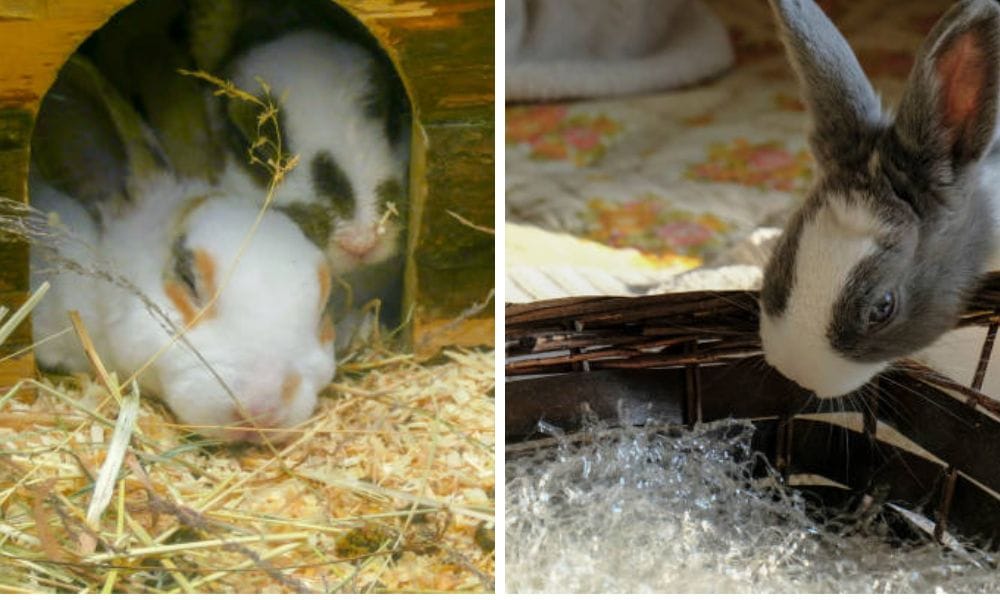
FAQ Section
Q: What size should a rabbit nesting box be? A: The size of the rabbit nesting box should be the perfect size for the doe to turn around comfortably while keeping the kits together for warmth. A general guideline is to have the box be about one foot wide, two feet long, and one foot high, but this can vary depending on the breed and number of kits to ensure it fits their specific needs.
Q: How often should the bedding in a rabbit nesting box be changed? A: Bedding should be checked daily and replaced if it becomes wet or soiled. A thorough cleaning and replacement of all bedding should be done between litters or at least once every few weeks to maintain hygiene.
Q: Can I use a rabbit nesting box for other small animals? A: While rabbit nesting boxes are designed specifically for rabbits, they may be suitable for other small animals if the dimensions and features meet the needs of the species. However, it’s important to research and ensure the box is appropriate for the particular animal you have in mind.

